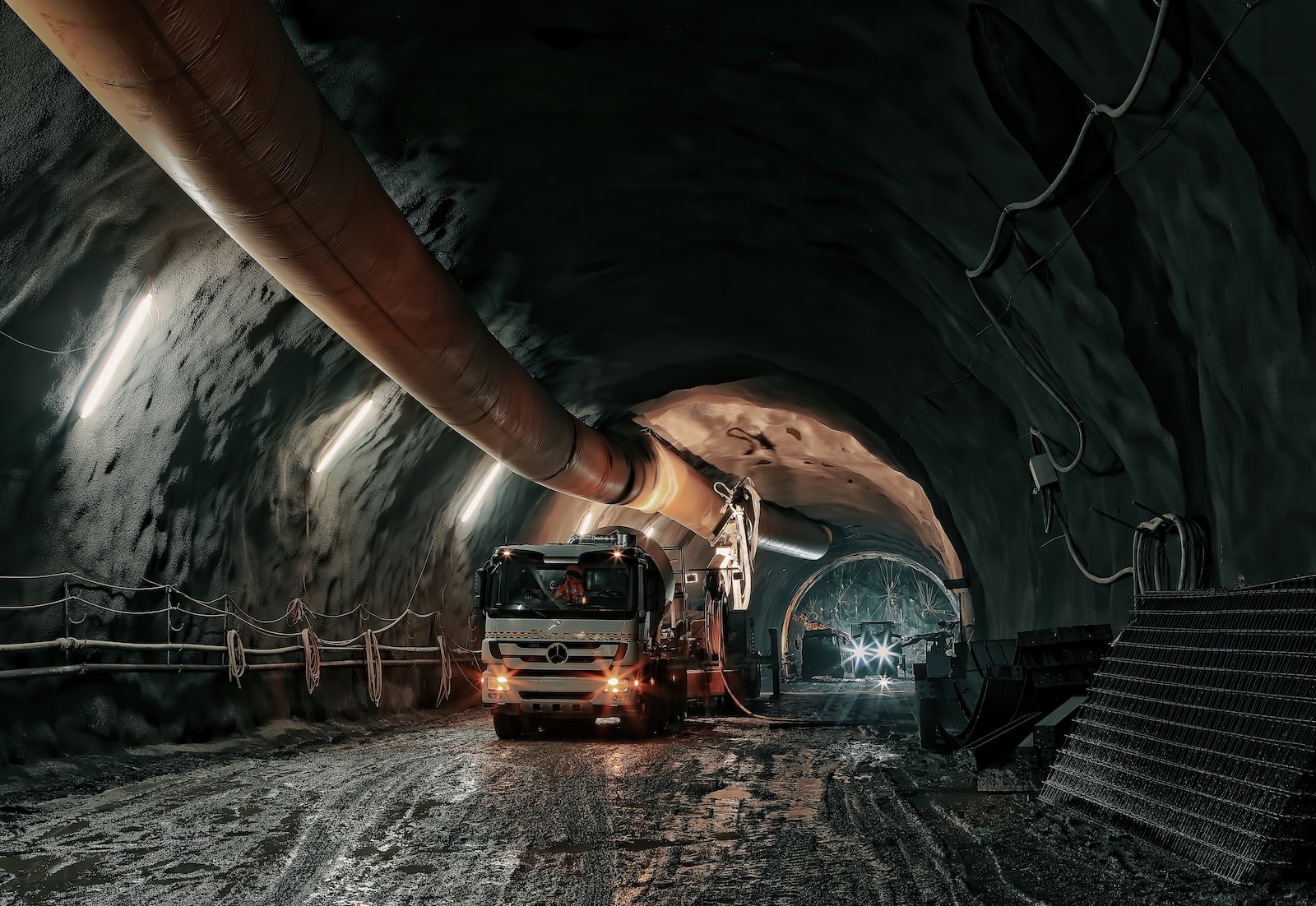Table of Contents
ToggleIntroduction
Mining is an essential industry that provides the materials necessary for a wide range of products and infrastructure. However, mining is also a dangerous industry that poses significant risks to workers and the environment. Mining accidents can result in loss of life, serious injuries, and environmental disasters that can have far-reaching consequences. In recent years, there have been several high-profile mining accidents, including the one that occurred in China in October 2021, which claimed the lives of 16 workers. This article will explore strategies and best practices for preventing mining accidents, with a focus on how mining companies can prioritize worker safety.
Mining Accidents: Causes and Consequences
Mining accidents can be caused by a wide range of factors, including equipment failure, human error, inadequate safety protocols, and natural disasters. Some of the consequences of mining accidents include loss of life, injuries, property damage, and environmental pollution. Mining accidents can also have economic consequences, as they can result in lost productivity, fines, and lawsuits.
Strategies for Preventing Mining Accidents
Mining companies can take several steps to prevent mining accidents and ensure worker safety. Some of these strategies include:
- Implementing Robust Safety Protocols: Mining companies must have a robust safety program in place to prevent accidents. Safety protocols should cover all aspects of mining operations, including equipment maintenance, employee training, emergency preparedness, and hazard identification.
- Investing in Modern Equipment: Modern mining equipment is designed with safety in mind, and investing in the latest technology can reduce the risk of accidents. New equipment is also more efficient, which can increase productivity and profitability.
- Conducting Regular Safety Audits: Regular safety audits can identify potential hazards and areas for improvement. Audits should be conducted by trained safety professionals and should cover all aspects of mining operations.
- Providing Employee Training: Employee training is essential for preventing mining accidents. Workers should receive training on safety protocols, equipment operation, emergency preparedness, and hazard identification. Training should be ongoing, and refresher courses should be provided regularly.
- Encouraging a Culture of Safety: Mining companies should encourage a culture of safety among employees. Workers should be encouraged to report potential hazards, and safety should be prioritized above all else.
Best Practices for Mining Safety
In addition to implementing the strategies outlined above, mining companies can follow several best practices for mining safety. Some of these practices include:
- Providing Personal Protective Equipment (PPE): Workers should be provided with appropriate PPE, such as hard hats, safety glasses, and respirators, to protect them from hazards.
- Conducting Risk Assessments: Risk assessments should be conducted regularly to identify potential hazards and mitigate risks.
- Conducting Emergency Drills: Emergency drills should be conducted regularly to ensure that workers are prepared for emergencies.
- Providing Mental Health Support: Mining can be a stressful and demanding job, and workers should be provided with mental health support to help them cope with the challenges of the job.
Conclusion
Mining accidents can have serious consequences for workers, the environment, and the economy. However, mining accidents can be prevented by implementing robust safety protocols, investing in modern equipment, conducting regular safety audits, providing employee training, and encouraging a culture of safety. Mining companies can also follow best practices for mining safety, such as providing PPE, conducting risk assessments, conducting emergency drills, and providing mental health support. By prioritizing worker safety and following best practices, mining companies can reduce the risk of accidents and ensure a safer, more sustainable future for the industry.








1 thought on “Preventing Mining Accidents: Strategies and Best Practices”
Pingback: The Dark Side of Cobalt Mining in the Congo: Forced Labor and Human Rights Abuses - Sustainability Awakening